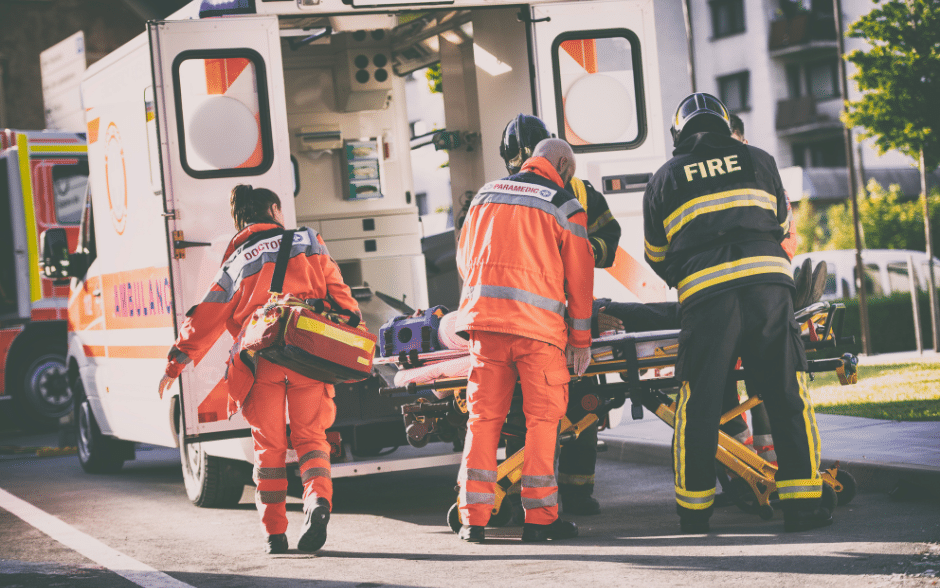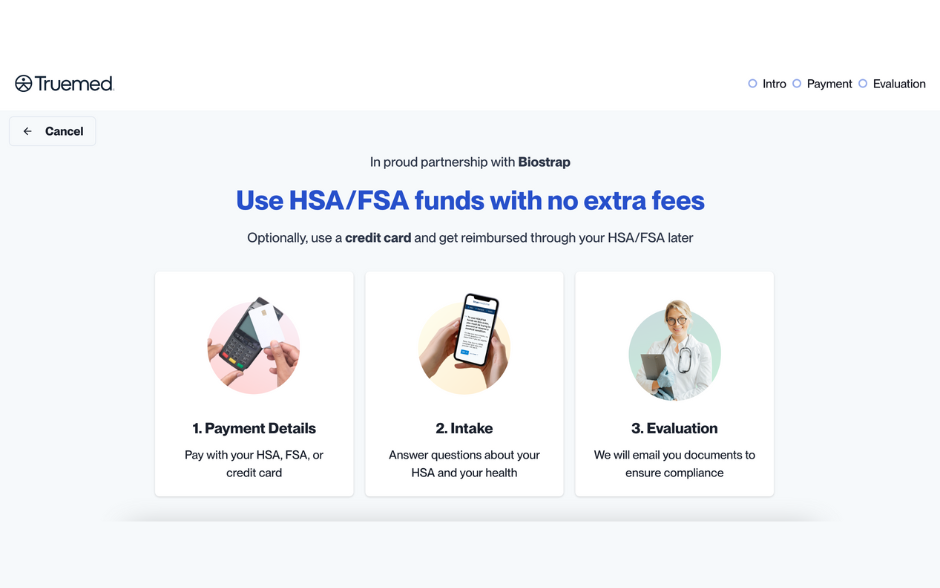The duty of protecting and serving often comes with a heavy toll on the mental health of police officers. Often, this toll manifests in the form of Post-Traumatic Stress Disorder (PTSD).
Hence, stress resilience and performance optimization are critical in high-stress professions such as law enforcement. Amid various innovative training methods, monitoring heart rate variability (HRV) has emerged as a potent tool for managing stress and fostering tactical excellence. Let’s dive in the profound impact of monitoring the HRV of police officers, particularly in combating PTSD and fatigue.
Deciphering HRV and Its Role
HRV is a nuanced measure of the autonomic nervous system’s (ANS) adaptability. It signifies the time variation between successive heartbeats, portraying the delicate balance between the sympathetic (fight-or-flight) and parasympathetic (rest-and-digest) nervous system branches. A high HRV often signals a resilient ANS, whilst a low HRV can indicate heightened stress levels.
Incorporating HRV into training regimes can be instrumental in optimizing performance and recovery. By tracking HRV, police officers can gauge their training readiness, identify overtraining signs, and adjust their routines accordingly. Keeping an eye on HRV may aid in managing the stress response, thus promoting better recovery, mental clarity, and overall well-being.
Perks of HRV for Police Officers
Monitoring the HRV of police officers offers an array of benefits. For starters, it aids in effective stress management. Whether it’s meditation, biofeedback, or a wide range of health lifestyle choices, monitoring HRV may provide valuable insights in how well the ANS is able to adapt to stressors.
Additionally, practices that boost HRV, and thus overall health resilience, may help police officers sustain composure and enhance decision-making in high-pressure situations.
Moreover, HRV training lays emphasis on sleep quality and recovery monitoring, reducing burnout risk and boosting long-term performance.
Research suggests that high HRV links to improved cardiovascular health, enhanced immune function, and increased cognitive performance. Thus, it empowers police officers to make informed decisions for their physical and mental resilience, leading to better job satisfaction and quality of life.
Unraveling the science of HRV and its link to stress resilience
The science behind HRV lies in the intricate interaction between the ANS, heart function, and brain. It mirrors the dynamic balance between sympathetic and parasympathetic activities, influenced by factors like age, fitness level, stress levels, and individual environment.
Studies reveal that individuals with higher HRV exhibit superior stress resilience. They are better equipped to handle stressful situations and recover more efficiently afterwards. HRV training aims to enhance this resilience by teaching individuals to regulate their ANS using specific techniques and exercises, such as breath work or mindfulness practices.
Measuring and Decoding HRV
Measuring and understanding HRV provides critical insights into an individual’s stress resilience and recovery capacity. Several methods are available to measure HRV, ranging from simple smartphone apps to specialized wearable devices, like the Biostrap Kairos wrist-worn device.
Kairos captures beat-to-beat intervals and clinically reliable HRV data, providing an advanced analysis of one’s autonomic function.
The Biostrap Spot Check feature offers a real-time insight into one’s ANS balance via a three-minute recording at rest. As a result, police officers can grasp the extent to which they are in a state of stress (fight or flight) or rest (rest and digest).
Factors influencing HRV and ways to enhance it
HRV can be influenced by several factors, including age, fitness level, stress, environment, and sleep quality. Age generally leads to a decrease in HRV, while regular exercise and physical fitness can improve it. Chronic stress, however, research suggests can reduce HRV and hinder recovery.
To enhance HRV, police officers can adopt various strategies. Stress management techniques, including mindfulness meditation and deep breathing exercises, can also boost HRV. Prioritizing quality sleep and maintaining a healthy lifestyle with a balanced diet further contribute to optimal HRV levels.
HRV training techniques for police officers
HRV training techniques for police officers involve a combination of physical and mental exercises designed to enhance stress resilience and recovery. These techniques aim to improve the autonomic balance and teach individuals how to regulate their physiological responses.
Breathing exercises are a fundamental component of improving HRV. Techniques such as coherent breathing, or box breath, where individuals breathe in and out for equal counts, promote parasympathetic activation and enhance HRV.
Progressive muscle relaxation and guided imagery exercises can also help police officers achieve a state of deep relaxation and bring HRV back and even beyond their baseline.
In addition to these techniques, biofeedback training can be a valuable tool. Biostrap Kairos, for example, offers a clinically proven way to quantify nervous system resilience and rate of recovery.
By utilizing the Biostrap Kairos, police officers can receive real-time feedback on their HRV and track their progress over time.
The role of HRV in addressing post-traumatic stress disorder
Post-traumatic stress disorder (PTSD), is a significant concern among police officers. HRV training can play a crucial role in addressing this condition by promoting stress resilience and recovery.
Research has shown that individuals with PTSD often have lower HRV, indicating an out-of-balance autonomic nervous system. The symptoms can lead to several problems, including:
- Difficulty sleeping
- Irritability or outbursts of anger
- Difficulty concentrating
- Hypervigilance
- Exaggerated startle response
By engaging in HRV training, police officers can improve their autonomic balance, reducing the risk of developing PTSD symptoms.
Case studies and success stories of HRV training in police programs
Several case studies and success stories highlight the effectiveness of HRV training. One such study conducted with a group of young adults showed that HRV training significantly reduced perceived stress levels and improved cognitive performance. Participants reported feeling more resilient and better equipped to handle the demands of their jobs.
Another study involving police officers demonstrated that resilience training reduced physiological and psychological stress and increased peacefulness and vitality. These success stories underscore the potential of HRV training in optimizing police officer performance and fostering psychological resilience.
The future of HRV training in police programs
As demands on police officers continue to rise, the importance of stress resilience and tactical excellence can’t be overstated. HRV training offers a promising solution to enhance performance, promote recovery, and address the physiological and psychological stress they face.
By incorporating HRV into their programs, police officers can improve their stress resilience, decision-making skills, and overall well-being. The science behind HRV and the numerous benefits it offers make it a valuable tool for optimizing police training and performance.
As technology continues to advance, wearable devices like the Biostrap Kairos provide real-time feedback and quantifiable data, making HRV training more accessible and effective. With the support of professional resources and training programs, police officers can harness the power of HRV to excel in their demanding roles.
Choose Biostrap Kairos for a clinically proven way to quantify nervous system resilience and rate of recovery.




